Let’s delve into some of the bizarre foods humans like to chow down.


This world is full of weird and wonderful culinary services, but, it isn’t only full of tasty breakfasts as there comes the point where we go from weird and wonderful cooking experiences to just plain weird.
Consider this article as a public service and an educational blog, exploring some of the weirdest foods from all around the world to save you from shock when you come across them.
From rotten eggs to crispy spiders, the following dishes offer a truly fascinating look at cultures from across the globe. Let’s delve into some of the bizarre foods humans like to chow down.
Pickled Egg – UK

Pretty much summed up in the name, the typical British recipe, pickled eggs mostly offer the same benefits as regular ones—including being high in nutrients and protein.
This is a hardboiled egg, left to go cold and stuck in a jar of vinegar salt and sugar, following which the sour liquid penetrates right into the yolk. They last for three to four months and are traditionally found in British public houses and fish and chip shops.
Fugu – Japan
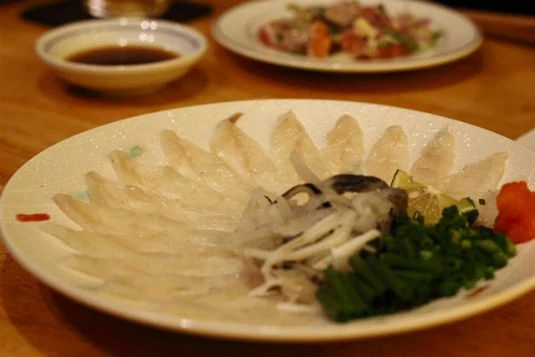
The Japanese delicacy fugu, is so poisonous that it has the potential to be deadly if prepared incorrectly. In Japan, it's against the law to serve it without a license, but, Tokyo's city government is planning to ease restrictions that grants permit only chefs that have been drilled to perfection to handle the serving of the pufferfish.
Fugu is an expensive dish in Japan and the restaurants that serve it are among the finest in the country. Both fugu skin and meat are used in Japanese cuisine, and the meat is very versatile. Aside from its distinct, subtle flavor and unique chewy texture, fugu is low in fat and high in protein.
Casu Marzu – Italy
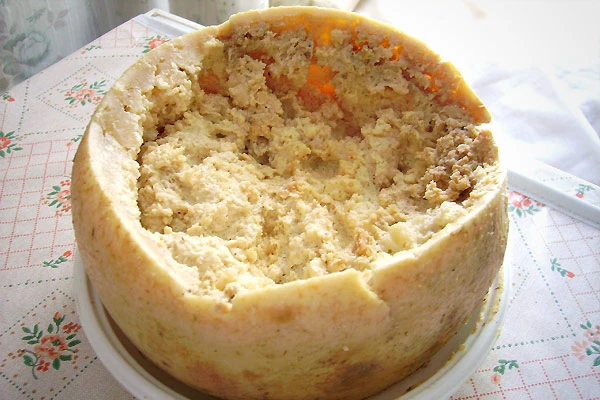
Also known as “maggot cheese” and “rotten cheese”, this next weird food reigns from Italy, made from Pecorino; the name of the cheese —simply meaning ‘of sheep’ in Italian. This traditional Sardinian dish is famous for containing live insect larvae.
Apparently, these wiggling little maggots are supposed to enhance the flavour but are prone to jump when they panic. Then to make matters even weirder, the larvae of cheese flies are added to the Pecorina, which then hatch inside, burrow around, digest the fats, and transform the product into a soft creamy cheese.
Some people kill the creepy-crawlies in the fridge before consuming, but others go for the live version.
Tripe – All Over the World

Accompanying broths and sauces to add flavour, tripe is a type of edible lining from the stomachs of various farm animals. Most tripe is from cattle, pigs and sheep. With a sponge-like honeycomb texture, the dish looks like some weird kind of sea plant.
Taste-wise, tripe is somewhat neutral but has a very subtle flavor of, perhaps, liver.
Surstromming – Sweden
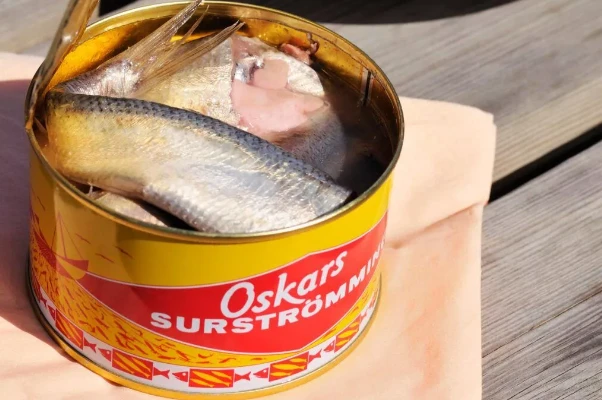
The lightly-salted fermented Baltic Sea herring has been a traditional staple in Swedish cuisine since the 16th century. Mainly found tinned in brine these days, when opened it releases a pungent aroma. One might not be able to even try this one out after catching a whiff of this Swedish delicacy.
It usually needs to be eaten outside.
While making this weird dish, just enough salt is used to prevent the raw herring from rotting while it ferments.
Century Egg – China
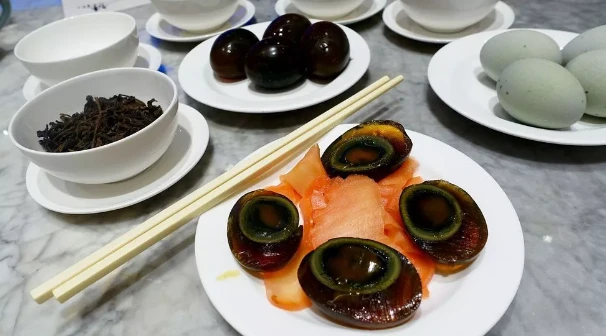
The Chinese egg-based culinary is neither a century nor a millennium old, but is pretty rotten. It’s made by preserving duck, chicken, or quail eggs in a mixture of clay, ash, and salt for months at a time – by which point the yolk turns a dark green or even black and slimy while the white has turns to a dark brown translucent jelly.
It has a potent sulfur smell and ammonia.
Fried Tarantulas – Cambodia

Popular in the Cambodian town of Skuon, the fried spider is a regional delicacy. It is prepared by marinating it in sodium glutamate (MSG), sugar and salt and then frying it in garlic. Apparently, they taste a bit like crab.
With a dark past, Cambodians first began eating this eight-legged dish under the Khmer Rouge regime. Today, the hairy arachnids are still considered a popular snack throughout the country.
Notably, there’s even one Cambodian town nicknamed Spiderville because the townspeople love eating spiders so much.
Stargazey Pie – England

Also known as starry gazey pie, this weird food originates from a Cornish village called Mousehole in England. Traditionally served on the 23rd of December, the Cornish pie is made by baking pilchards, eggs, and potatoes under a pastry crust. This unusual fish pie has the heads of the fish stick through the crust, like they’re ‘star-gazing’.
The tale behind this dish might make it a bit appetizing. Legend has it, one night in the 16th century, a heroic sailor, named Tom Bawcocks, rowed out one evening during high storms and returned with a catch big enough to feed starving townsfolk.
Jellied Moose Nose – Canada
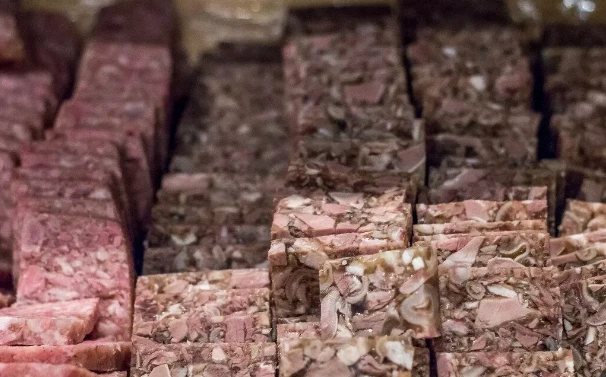
Back in the 1830s when every part of the animal was eaten, indigenous people across Canada and northern Alaska would hunt moose for food and began preserving its long snouts.
They’re boiled up with onions and spices, then the hair is removed, and they’re boiling again; finally, they’re sliced, and finally covering it with a broth which sets into a jelly.
Steak Tartare – France
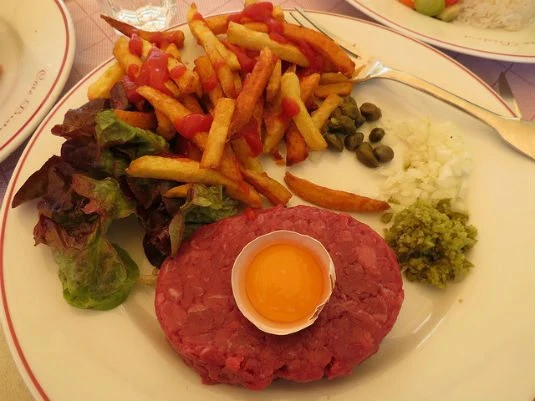
Also known as ‘Tartare de filet de boeuf’ or ‘tartare de boeuf’, the French delicacy spans the centuries. The word comes from a caricature of the “Tartars” referencing the Mongols in the 13th century who were known to eat raw meat.
It is basically the raw version of steak ground into fine pieces—made up of good quality raw ground beef, served with onions, capers, raw egg and seasoned with Worcester sauce and other condiments, usually with rye bread or fries on the side.
FIFA hails 5M WC ticket requests amid backlash
- 9 گھنٹے قبل

Disney wants to drag you into the slop
- 10 گھنٹے قبل

Why Republicans in Congress are turning against Trump
- 8 گھنٹے قبل
Govt slashes diesel price by Rs14 per litre
- 11 گھنٹے قبل

Chatbots are struggling with suicide hotline numbers
- 10 گھنٹے قبل
Messi mania peaks in India’s pollution-hit capital
- 18 گھنٹے قبل

IHC summons Registrar Karachi University in Justice Jahangiri’s degree case
- 18 گھنٹے قبل

Control’s action-RPG sequel launches in 2026
- 10 گھنٹے قبل

The biggest mosquito-borne disease in the world has a cure. There’s just one problem
- 8 گھنٹے قبل
Police recover gold from accused's husband in Dr Warda murder case
- 17 گھنٹے قبل
Australia plans tougher gun laws after police say father and son killed 15 at Bondi Beach
- 17 گھنٹے قبل

Remember Google Stadia? Steam finally made its gamepad worth rescuing
- 10 گھنٹے قبل




